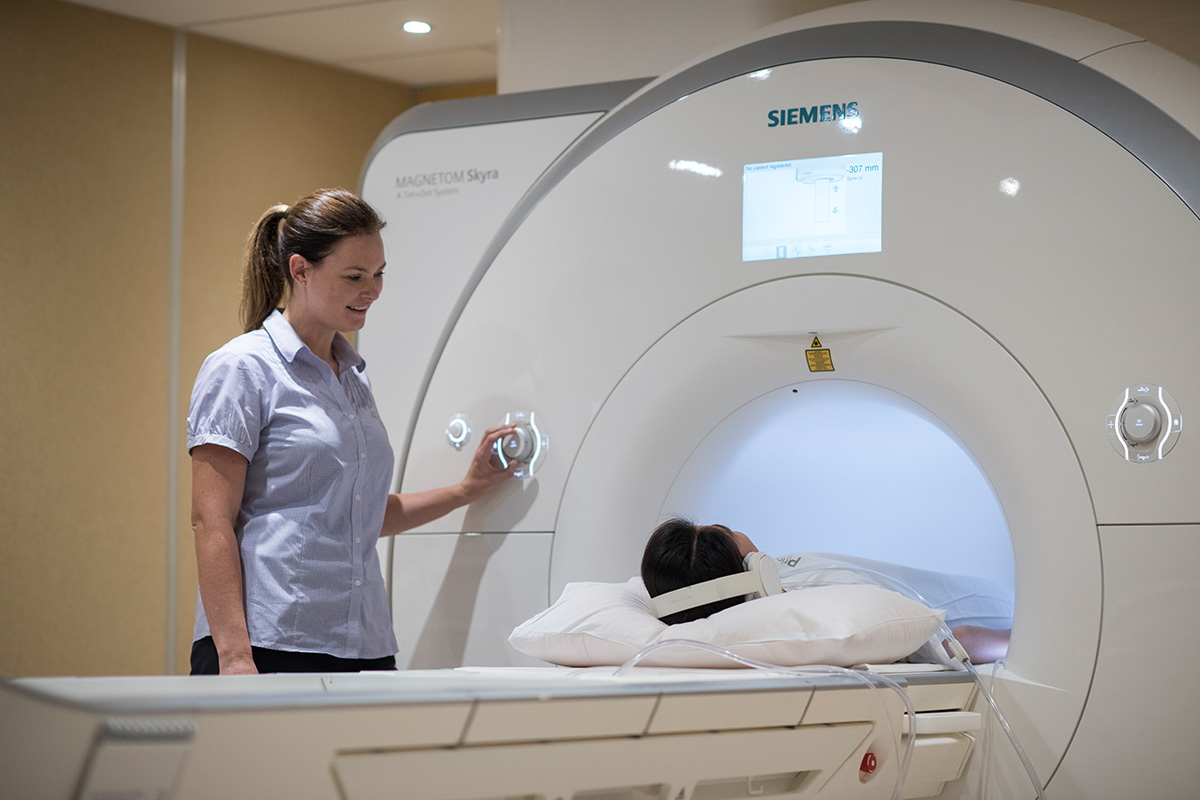It can take many years from the onset of symptoms to reach an endometriosis diagnosis. Delayed diagnosis is often the result of people not seeking help sooner. One of the most common causes of this is the normalisation of chronic period pain. People are conditioned to suffer period pain in silence particularly in younger people with the condition. Severe pain should never be ignored, and endometriosis specialists can help.
The similarity of endometriosis symptoms to other conditions also causes diagnosis delays. Endometriosis is often mistaken for irritable bowel syndrome, adenomyosis, endometrial polyps or pelvic inflammatory disease.
Methods:
-
Pelvic exam
A pelvic exam is when a doctor manually examines the inside of the pelvis through the vagina. During a pelvic exam, a doctor may be able to feel ovarian cysts, scar tissue or other types of endometriosis lesions. Lesions are hard to find during a pelvic exam, but they can indicate that you have endometriosis.
A pelvic exam is undertaken with your consent and only if you feel comfortable.
-
Ultrasound
Ultrasound is the most effective imaging technique for detecting endometriosis. It involves creating high-quality images of the pelvic organs by placing a transducer (probe) inside the vagina. It creates images of your internal organs using sound waves.
Ultrasound images can show ovarian cysts, pelvic organs sticking together, or thickened uterosacral ligaments. They can also show cysts of endometriosis, called endometriomas. These are all signs of endometriosis. An ultrasound alone is often not enough to confirm you have endometriosis. A normal ultrasound result does not mean that you do not have endometriosis.
-
Magnetic resonance imaging (MRI)
MRI uses a magnetic field and radiofrequency waves to generate detailed, cross-sectional images of your organs and other tissues. An MRI can help detect deep filtrating endometriosis, cysts on your ovaries, and lesions on your pelvis, bowel, and bladder. It can’t confirm endometriosis is there, but it can highlight a need for further investigation.
MRIs are also used in cases of severe endometriosis with bowel involvement or in people who cannot have an ultrasound through the vagina.
-
LaparoscopyLaparoscopic (keyhole) surgery is a minimally invasive procedure. It allows your surgeon to look inside your pelvic and abdominal cavities. A laparoscopy is usually recommended for patients suspected of having endometriosis. It is also used to see if endometriosis has returned after treatment or surgery. A laparoscopy is the only way to positively confirm endometriosis.
How to find out if you have endometriosis at Epworth
You can see an endometriosis specialist at the Julia Argyrou Endometriosis Centre at Epworth. They have the expertise to investigate, diagnose and treat endometriosis. It takes four steps:
- Download and complete the fillable download our referral & consent form
- Email your form to [email protected] If you have any questions, you can call the Centre’s Endometriosis Nurse Coordinator on 0484 577 804
- You will receive a call from the Endometriosis Nurse Coordinator to schedule a nursing review
- After the nursing review, the Endometriosis Nurse Coordinator will write a letter to your GP, outlining next steps and recommending a referral to an Epworth gynaecologist
Steps to an endometriosis diagnosis
About endometriosis
- What is endometriosis
- What causes endometriosis
- What are the symptoms
- What are the risk factors
- Myths surrounding endometriosis
- Epworth Endometriosis Patient Guide

